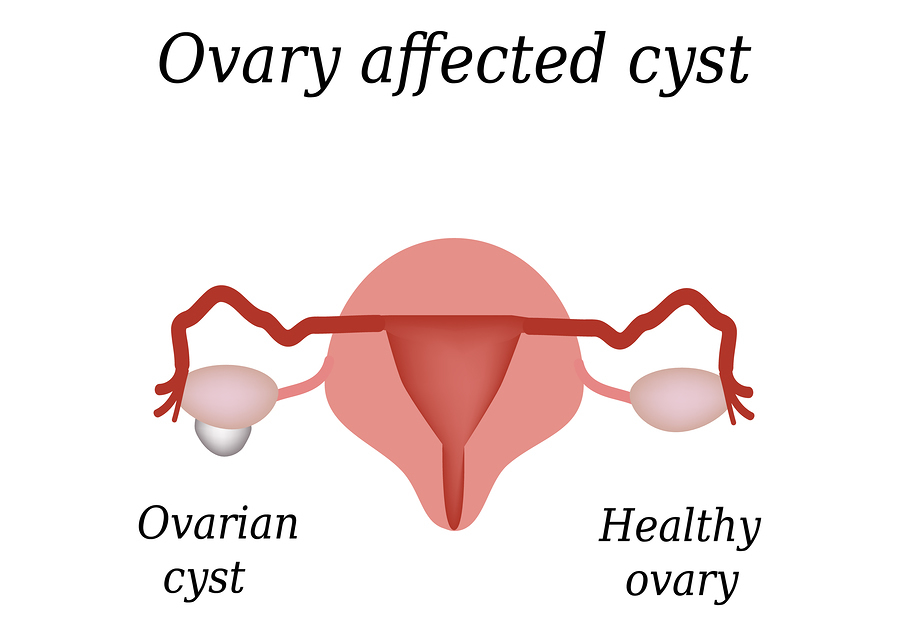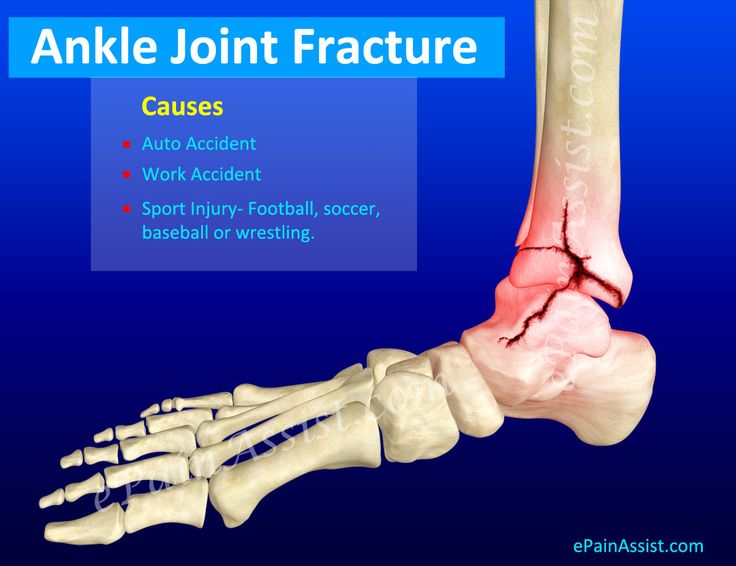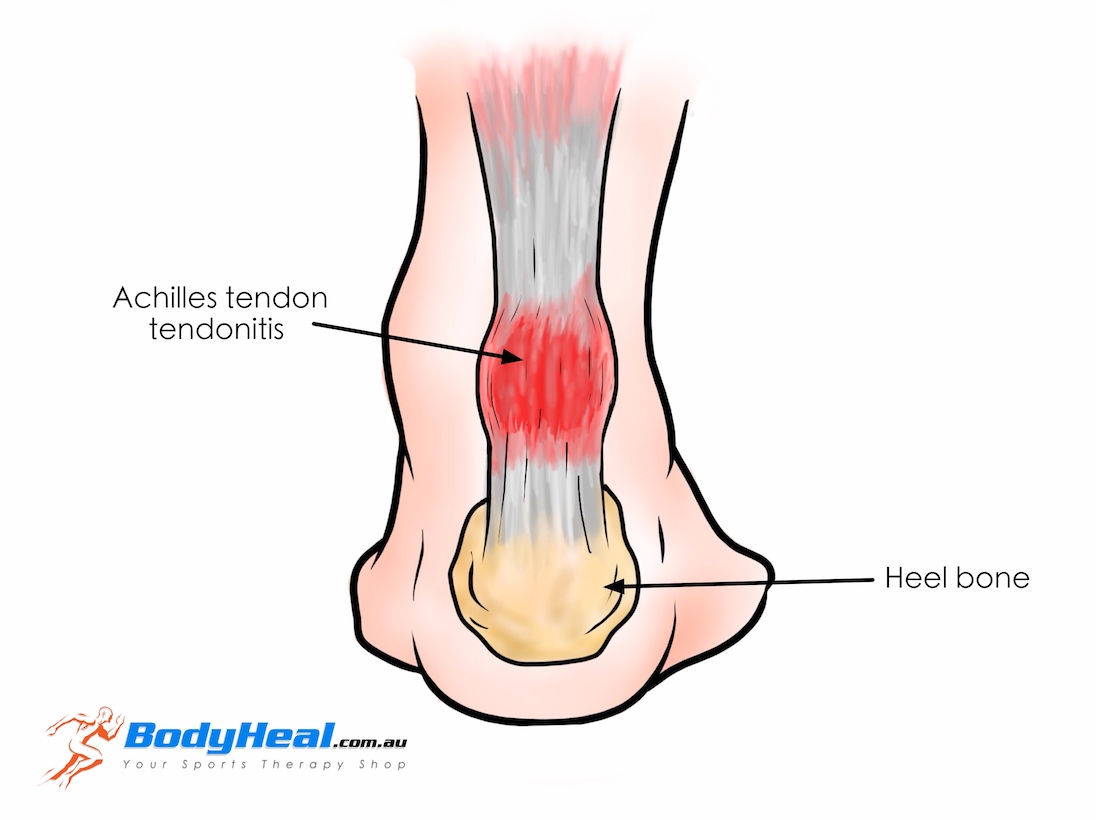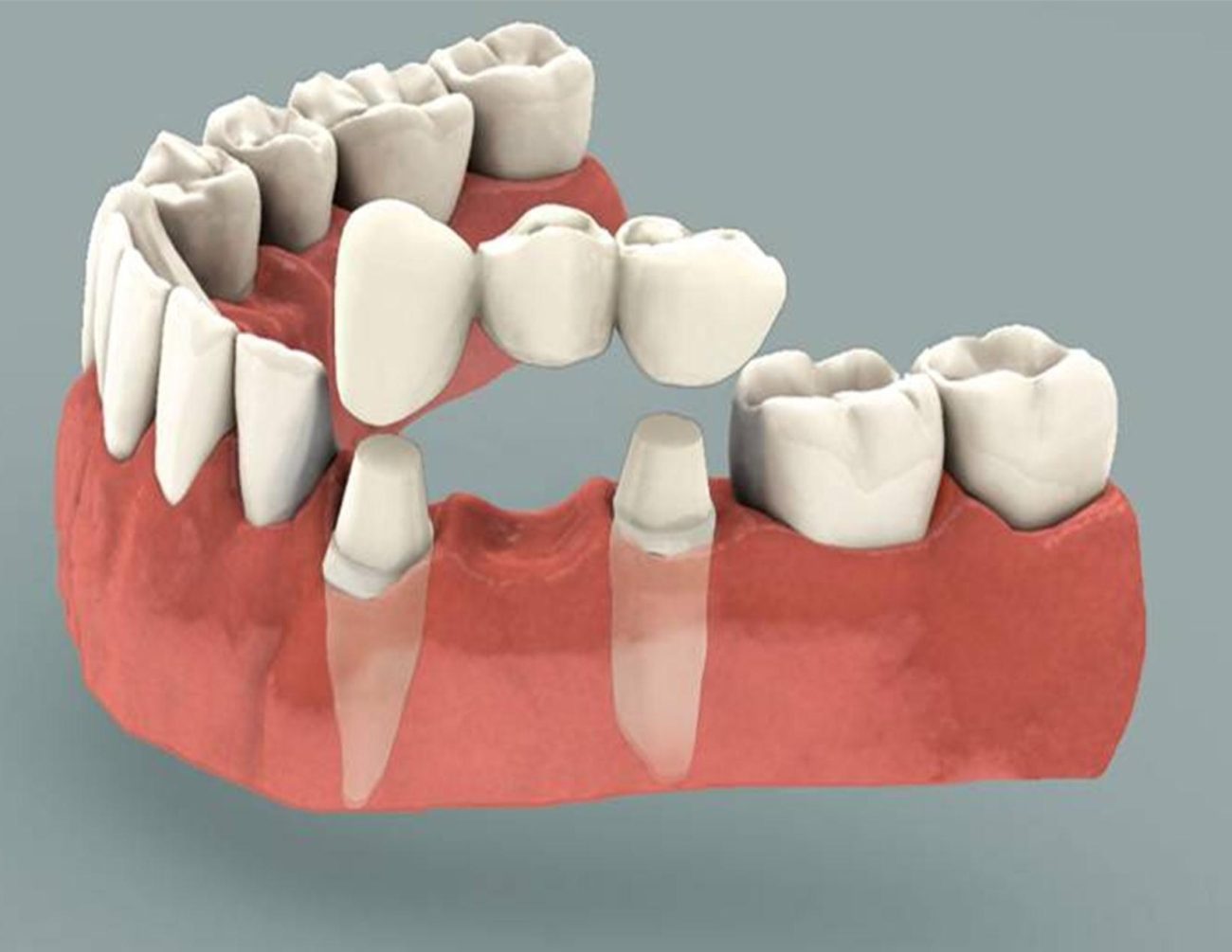Ovarian Cyst
Overview
These are sacs filled with fluid. They can form on or
in the ovaries (the reproductive organs that produce
a woman’s egg cells). Ovarian cysts are common.
Most women have them at some time during their
lives. In most cases they are not cancerous and
aren’t harmful.
Causes
Most commonly, cysts are caused by a problem
with a follicle. Follicles are tiny sacs on and in the
ovaries. They hold the growing egg cells. Normally,
a follicle bursts open to release an egg, and then it
shrinks back into the tissue of the ovary. But if a
follicle doesn’t break open to release its egg, or if it
releases an egg and then doesn’t shrink, a cyst
may form.
Symptoms
You can have a cyst and not realize it. Small ones
often don’t cause any symptoms. But if your cyst is
large, it may cause pressure and pain in your lower
abdomen. You may feel bloated and swollen. In
some cases a cyst can cause an ovary to twist.
That can cause pain, nausea and vomiting. And, a
cyst can rupture. If that happens, you may feel
sudden, severe pain. Ovarian cysts can cause a
wide range of other, less common symptoms,
including pain during sex, weight gain, breast
tenderness and other problems.
Treatment
Most ovarian cysts go away by themselves without
treatment. But if you have a problematic cyst, your
doctor may need to remove it. You may benefit
from birth control pills to keep new cysts from
forming. Your healthcare provider can create a plan
that’s right for you.




